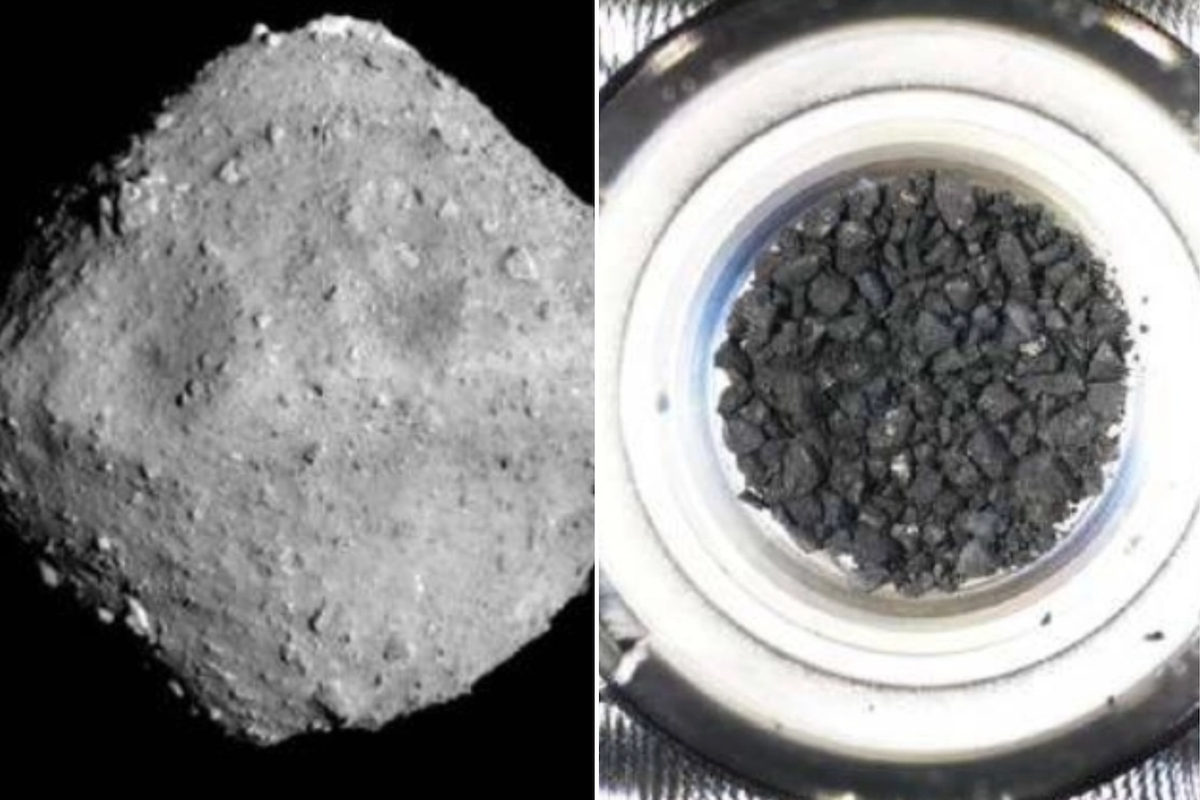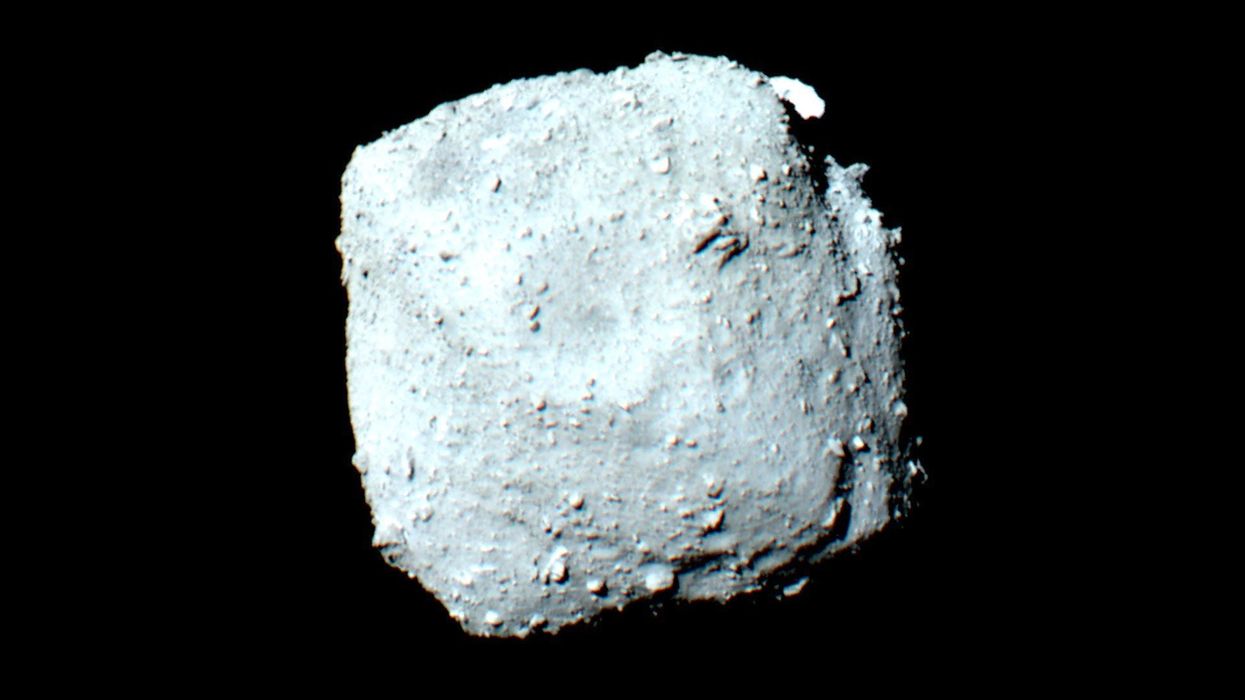Sinead Butler
Sep 15, 2025
Ryugu Asteroid Samples Might Point to How Life Began on Earth
ZMG - Amaze Lab / VideoElephant
Researchers in Japan have found that the parent asteroid of Ryugu, a near-Earth asteroid, retained water in ice form for billions of years, and this could challenge previously existing theories on how Earth's oceans came to be.
The Japan Aerospace Exploration Agency’s Hayabusa2 spacecraft collected samples from Ryugu, which were analysed by a team of researchers led by Tsuyoshi Iizuka, associate professor of cosmochemistry at the University of Tokyo.
From this, they discovered ice was stored by its parent body longer than experts had initially estimated.
What does this mean?
It appears to suggest that asteroids delivered ice to Earth as well as water in as hydrous minerals (where water molecules are chemically incorporated into the mineral’s crystalline structure).
Asteroids and water

Around 4.56 billion years ago, asteroids are estimated to have formed and were full of carbon and water, located on the outskirts of the solar system.
Rather than the water reacting to form hydrous minerals or just evaporating, instead, in the form of Ryugu’s parent body, it retained the water in ice form for over a billion years.
Researchers believe from the isotope dating of the samples there was a collision of some kind with another celestial object, and it was at this time that the ice melted and evaporated.
Due to collisions like this, it distorted the sample's age. So, at first, this made it appear that they were older than the solar system, at 4.8 billion years old.
How does this challenge current theories?
Before, experts thought that carbonaceous asteroids - integral components for Earth - were responsible for carrying a large volume of water (numerous oceans worth) inside minerals.
Now, with the addition of long-storied ice that was discovered, researchers reckon the asteroids may have delivered two to three times more water than previously thought, which is equal to 60 to 90 times the mass of the Earth’s oceans.
Approximately 6 per cent of the Earth's matter is made up of material from asteroids such as Ryugu, according to isotope comparisons. Therefore, the total water delivered to the Earth could have been up to a whopping 1.8 per cent of the planet’s mass.
What have the experts said?
"We found that Ryugu preserved a pristine record of water activity, evidence that fluids moved through its rocks far later than we expected," said Associate Professor Tsuyoshi Iizuka from the Department of Earth and Planetary Science at the University of Tokyo, as per Discover.
"This changes how we think about the long-term fate of water in asteroids. The water hung around for a long time and was not exhausted so quickly as thought."
“The idea that Ryugu-like objects held on to ice for so long is remarkable,” he added. “It suggests that the building blocks of Earth were far wetter than we imagined. This forces us to rethink the starting conditions for our planet’s water system.”
What's next?
Next on the big question researchers are keen to figure out is... where did this water go?
More specifically, Iizuka explained that his team will investigate the amount of water that escaped into space when Earth was being formed, and how much remained in Earth's core and on its surface to produce the environment today that gives us life on Earth.
"Though it’s too early to say for sure, my team and others might build on this research to clarify things, including how and when our Earth became habitable," he said.
This research was published in the scientific journal Nature.
Elsewhere from Indy100, Watch stunning moment meteorite blazes across sky in Japan, and One of the rarest space events ever will soon be visible from Earth.
How to join the indy100's free WhatsApp channel
Sign up to our free indy100 weekly newsletter
Have your say in our news democracy. Click the upvote icon at the top of the page to help raise this article through the indy100 rankings.
Top 100
The Conversation (0)














